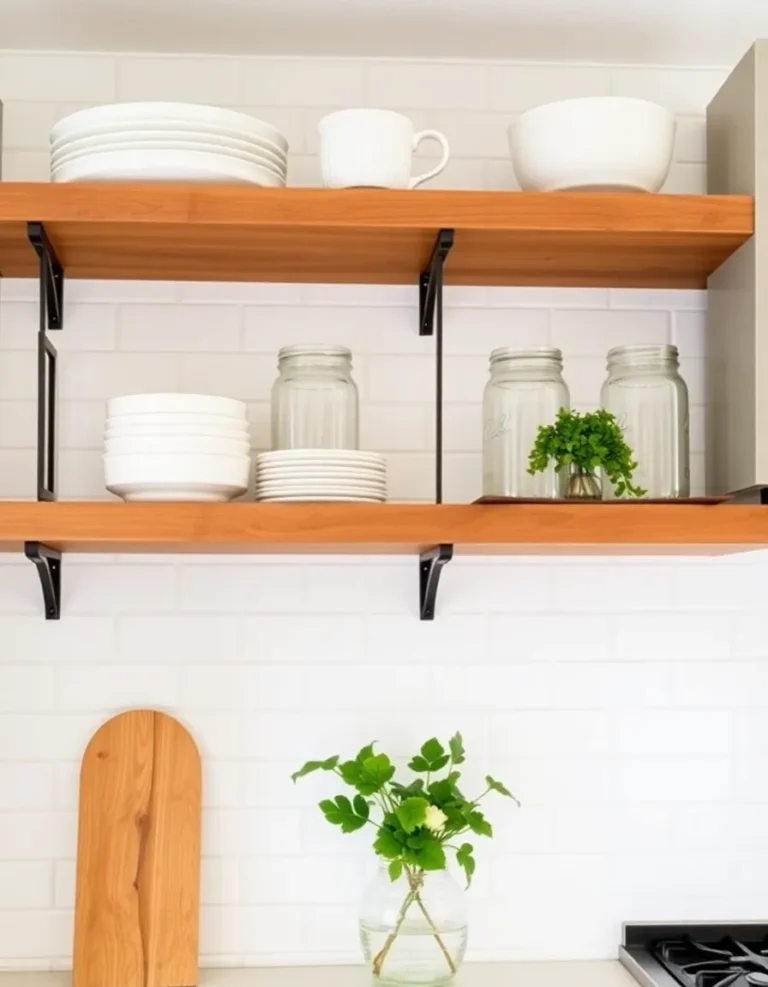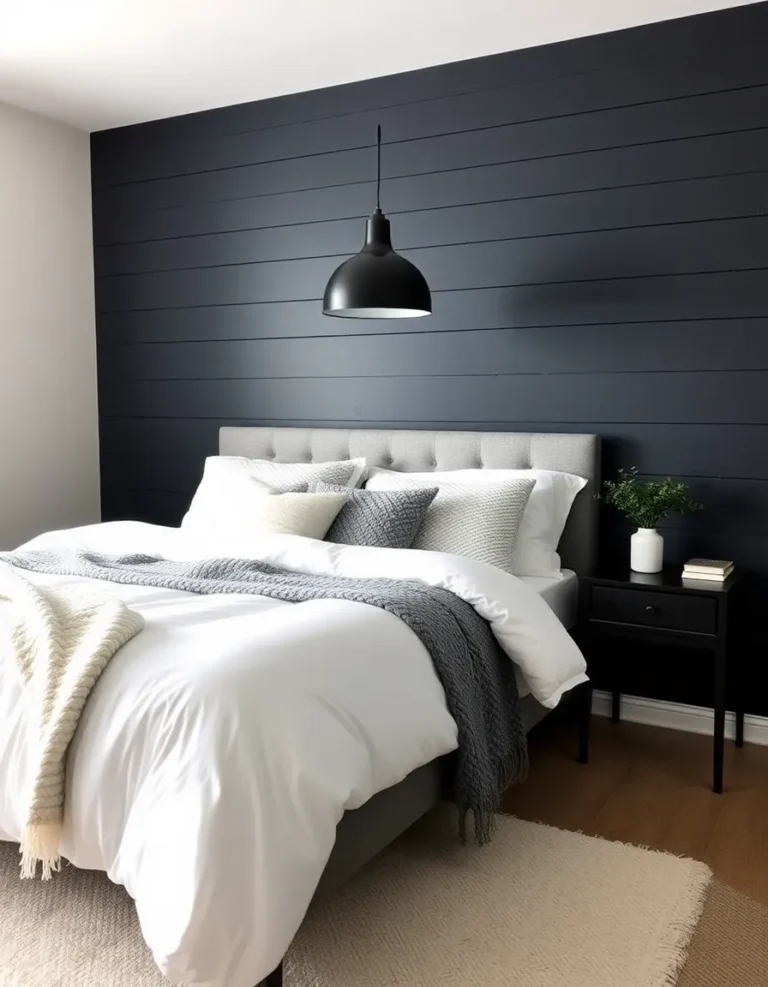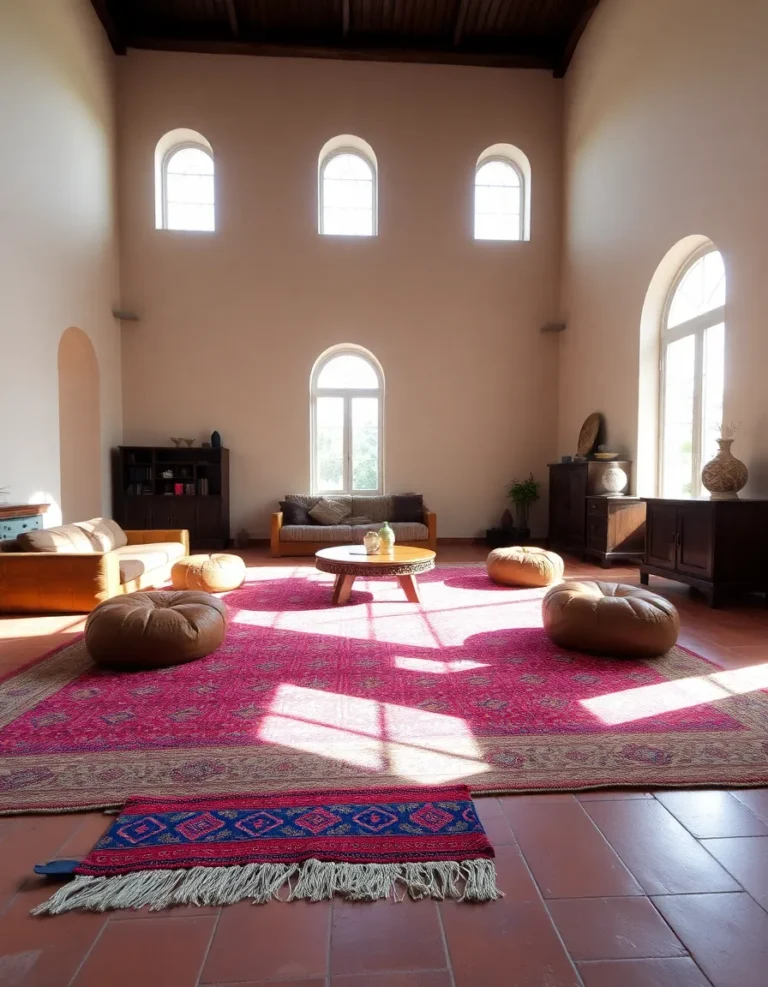Furniture Styles from the 70s: Curves, Low Seating & Modular Sofas
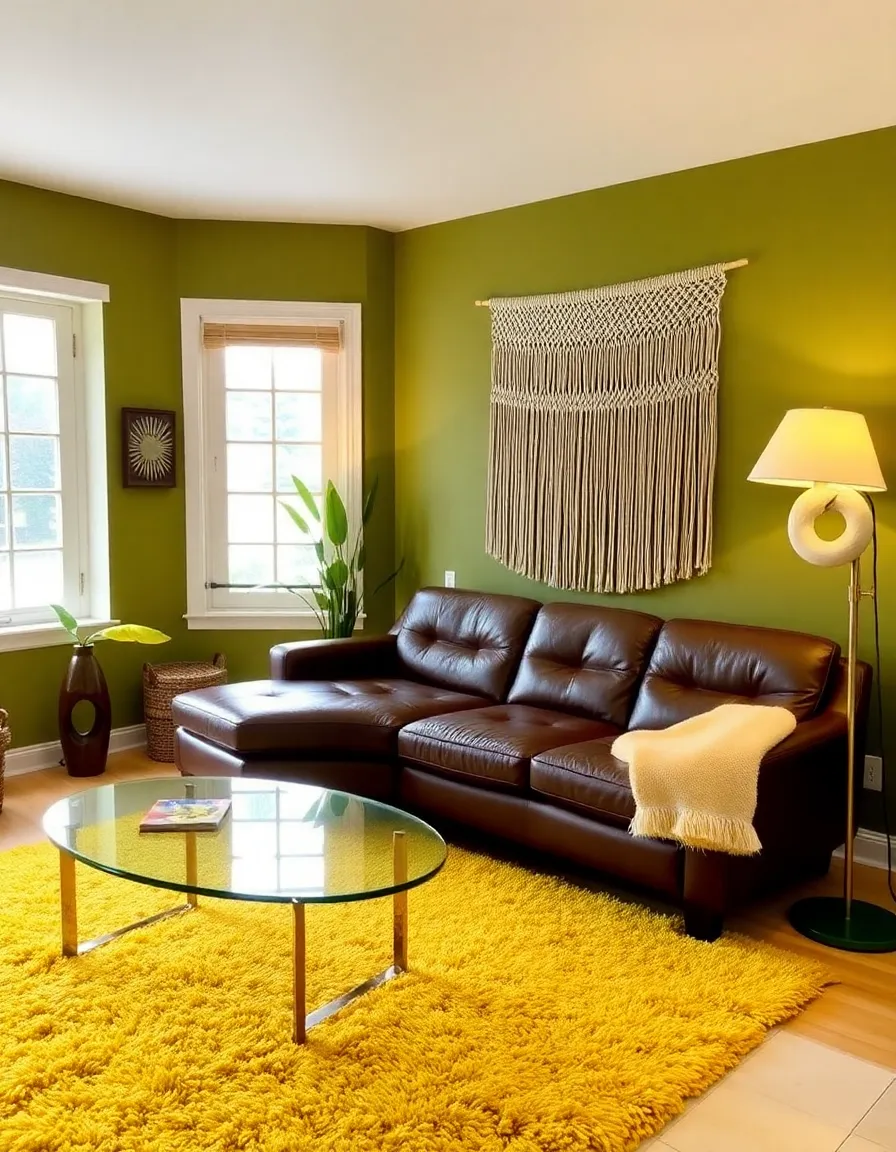
Ah, the 70s—a decade of disco, shag carpets, and furniture that somehow managed to be both wildly impractical and impossibly cool. If you’ve ever found yourself staring at a vintage magazine spread and thinking, “Why does that orange, kidney-shaped coffee table speak to my soul?” then buckle up, my friend. We’re diving deep into the world of 70s furniture, where curves ruled, seating sat low, and modular sofas were the ultimate flex.
Whether you’re a retro enthusiast looking to bring some of that groovy charm into your home or just someone who appreciates design history, this guide will walk you through the defining styles of the era. And hey, if you’ve ever wondered why your grandma’s old couch was basically a foot off the ground, you’re about to find out. Spoiler: it wasn’t just because people in the 70s had shorter legs.
So grab your bell-bottoms (or don’t, I won’t judge), and let’s take a trip back to a time when furniture wasn’t afraid to be a little extra.
1. The Rise of Curves: Organic Shapes That Defined the 70s
If the 60s were all about sharp angles and space-age futurism, the 70s said, “Nah, let’s make everything look like it melted a little.” Curves were everywhere—tables, chairs, even lamps seemed to ooze like warm caramel. Designers took inspiration from nature, creating pieces that felt fluid and organic. Think amoeba-shaped coffee tables, swooping lounge chairs, and sofas that looked like they’d been sculpted by a very artistic breeze.
Why the sudden love for curves? Part of it was a reaction against the rigid, boxy designs of the mid-century modern era. People wanted something softer, more inviting. And let’s be real, sitting in a chair that hugs you back just feels right. The 70s also embraced a more relaxed, free-spirited vibe, and furniture followed suit. No hard edges here—just smooth, flowing lines that whispered, “Hey, man, just chill.”
Some iconic examples? The “Panton Chair” by Verner Panton (yes, it bled into the 70s), with its sinuous S-curve, or the “Togo Sofa” by Michel Ducaroy, which looked like a pile of melted marshmallows in the best way possible. Even lighting fixtures got in on the action, with lava lamp-esque floor lamps and pendant lights that dripped like honey.
Want to bring this look into your home? Start with a statement piece—a curved sofa or an asymmetrical coffee table. Pair it with neutral tones or go full 70s with earthy oranges, browns, and greens. Just don’t be surprised if your guests suddenly feel the urge to meditate on the floor.
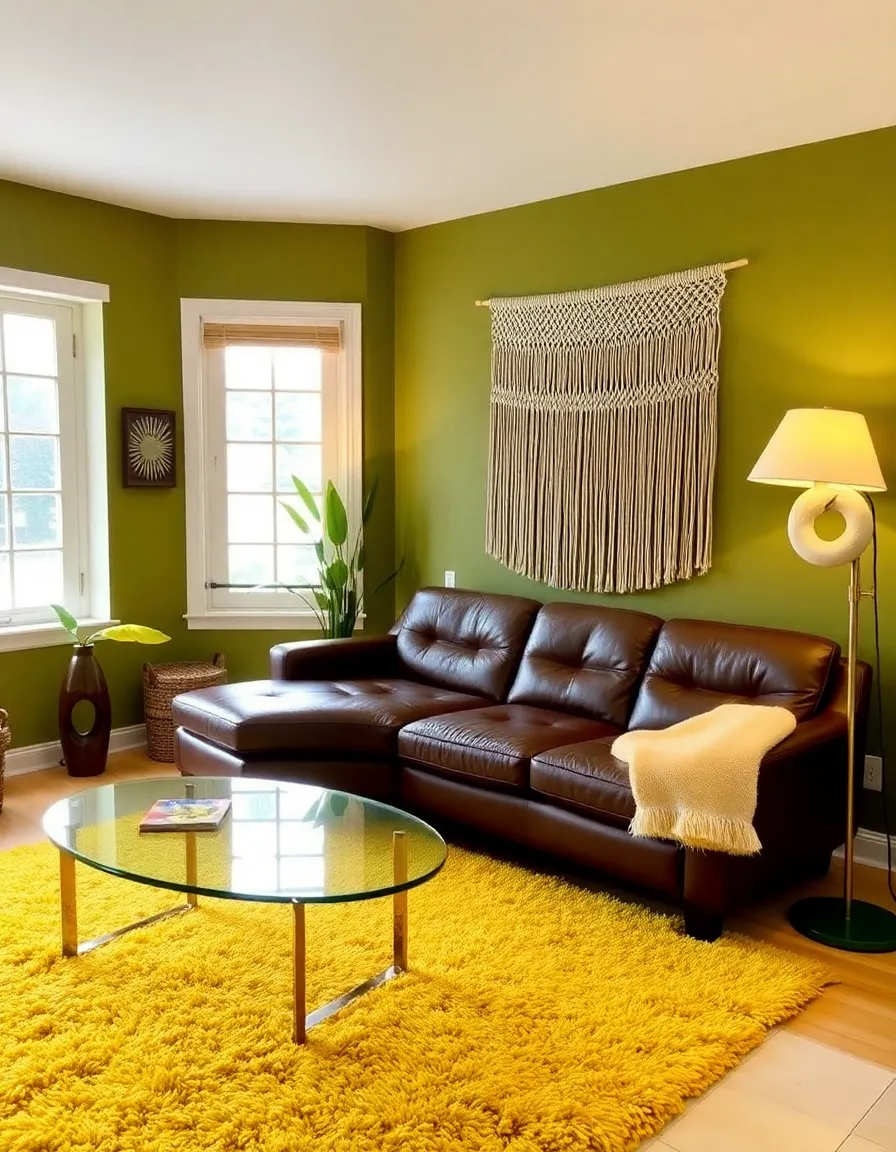
2. Low Seating: Because Sitting on the Floor Was Somehow Chic
If there’s one thing the 70s loved more than disco, it was furniture that barely qualified as furniture. Low seating was everywhere—sofas, chairs, even beds seemed to hover just inches above the ground. It was like the entire decade collectively decided that standing up was overrated.
Why the obsession with being closer to the earth? Some say it was influenced by Japanese design, where low seating was (and still is) a staple. Others argue it was just part of the era’s laid-back, “anything goes” attitude. Either way, sinking into a plush, ground-hugging sofa felt like the ultimate luxury. Plus, it made your living room look like a psychedelic zen den, which was basically the goal.
The “Pacha Lounge Chair” by Pierre Paulin was a prime example—a puffy, pillowy seat that sat so low, you practically needed a ladder to get out of it. Then there were the iconic “bean bag chairs”, which took lounging to new, barely-supportive heights. And let’s not forget sunken living rooms, where entire conversation pits were built into the floor like some kind of cozy, carpeted crater.
Thinking of adding some low seating to your space? Go for a modern take with a streamlined, low-profile sofa or a floor cushion situation. Just be warned: once you go low, you might never want to sit upright again.
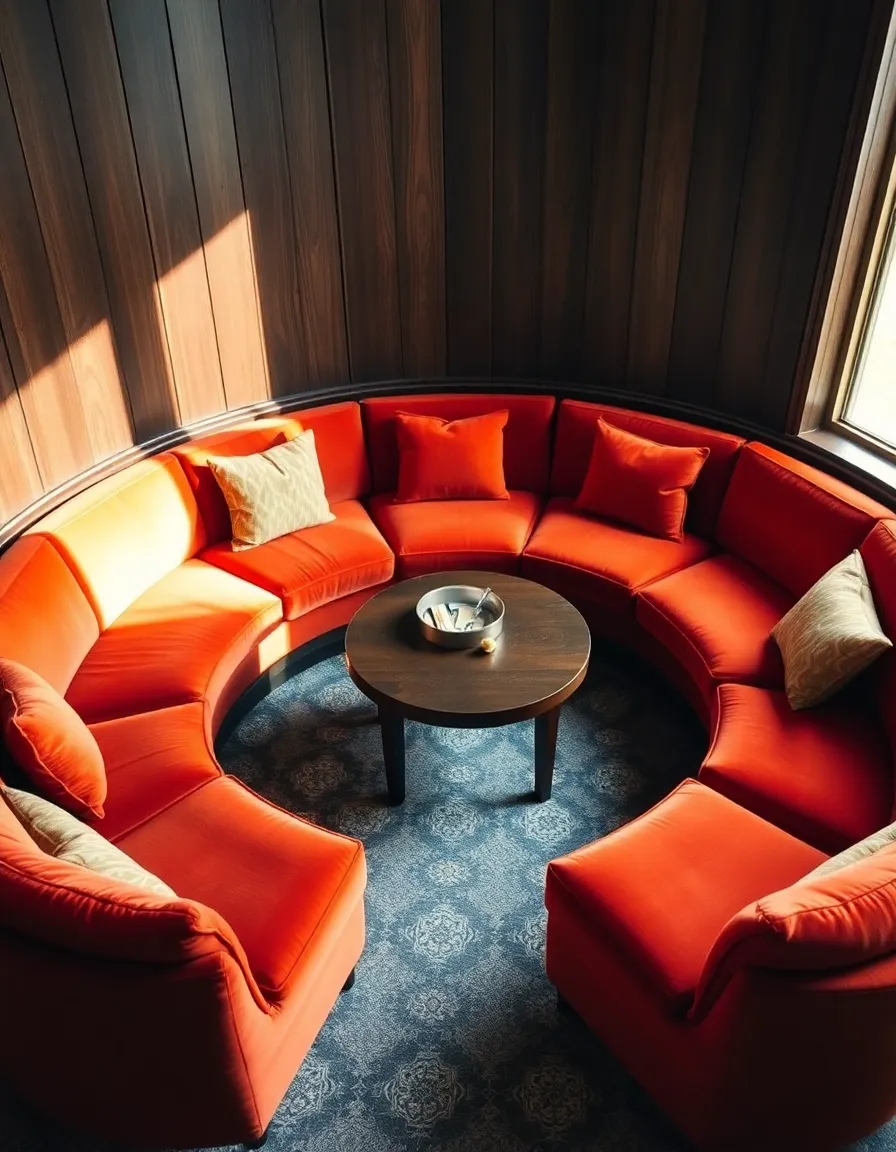
3. Modular Sofas: The Ultimate in Customizable Lounging
If the 70s had a furniture motto, it would probably be, “Why have one sofa when you can have… all of them?” Modular sofas were the era’s answer to flexible living—pieces you could rearrange, stack, or separate depending on your mood (or how many people showed up to your impromptu key party).
These weren’t just couches; they were interactive design experiments. You could create a cozy corner for two, stretch it out into a napping mega-bed, or arrange the sections in a way that made absolutely no sense but looked undeniably cool. It was like adult Legos, but with more shag fabric.
Brands like Ligne Roset and De Sede led the charge with designs like the “DS-600” sofa—a serpentine, modular masterpiece that could curve around any space. Then there were the more playful options, like the “Zig-Zag” sofa, which looked like someone took a regular couch and gave it a funhouse mirror treatment.
Today, modular sofas are having a major comeback (because who doesn’t love furniture that does whatever you tell it to?). If you’re shopping for one, look for pieces with reversible cushions or adjustable armrests. And if you really want to commit to the 70s vibe, go for a bold color like ochre or olive green. Just try not to lose your remote in the cracks between sections.
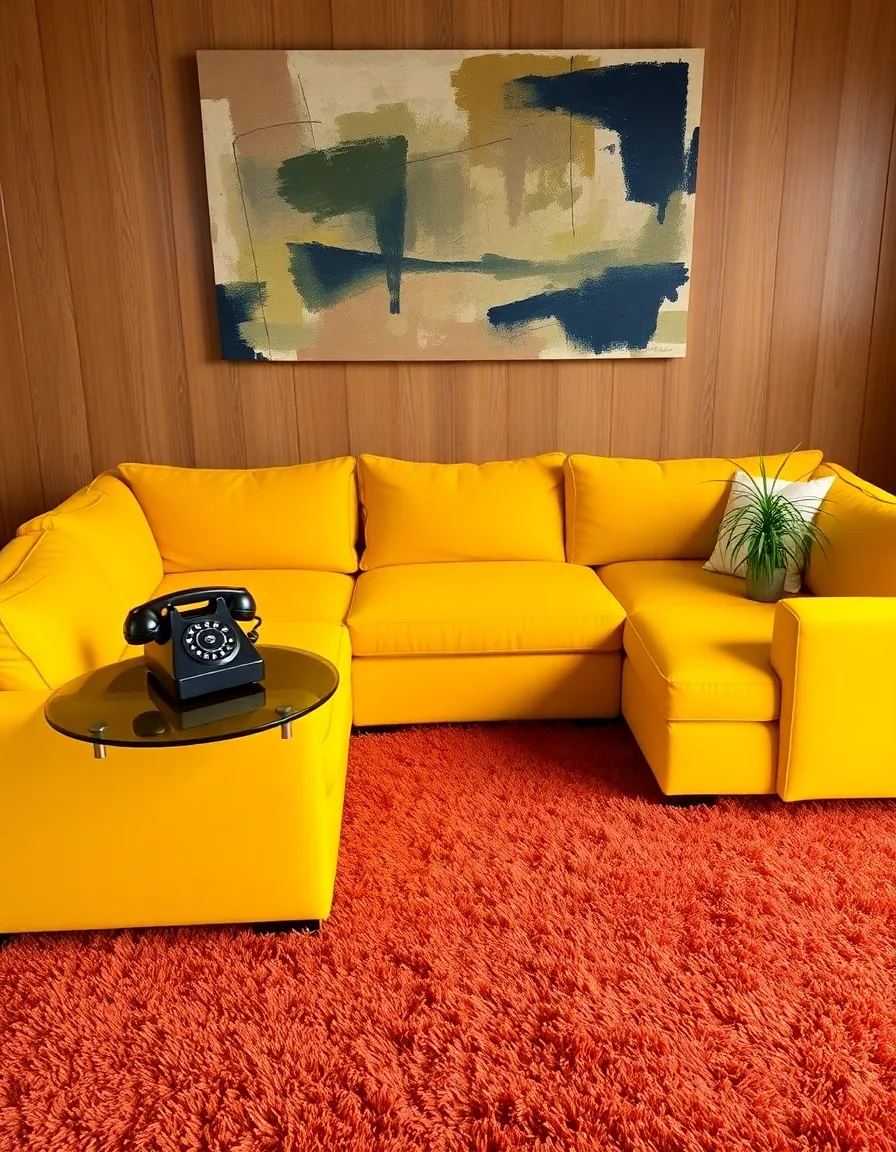
So there you have it—the 70s in all its curvy, low-slung, modular glory. Whether you’re a die-hard retro fan or just dipping your toes into vintage design, there’s something undeniably fun about this era’s fearless approach to furniture. Sure, some of it was… questionable (looking at you, inflatable chairs). But at its best, 70s design was playful, innovative, and unapologetically bold.
Still not convinced? Try plopping down on a sunken sofa or rearranging a modular sectional just for kicks. You might just find yourself reaching for the fondue set and putting on some ABBA. And honestly? No judgment here. The 70s knew how to live.

